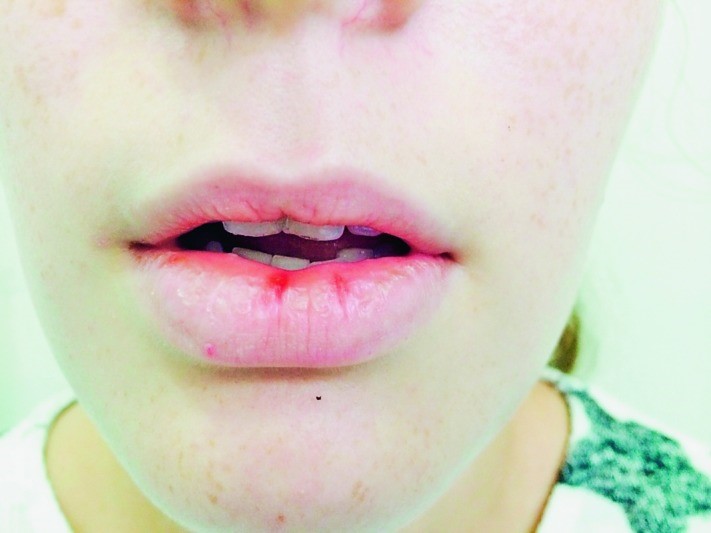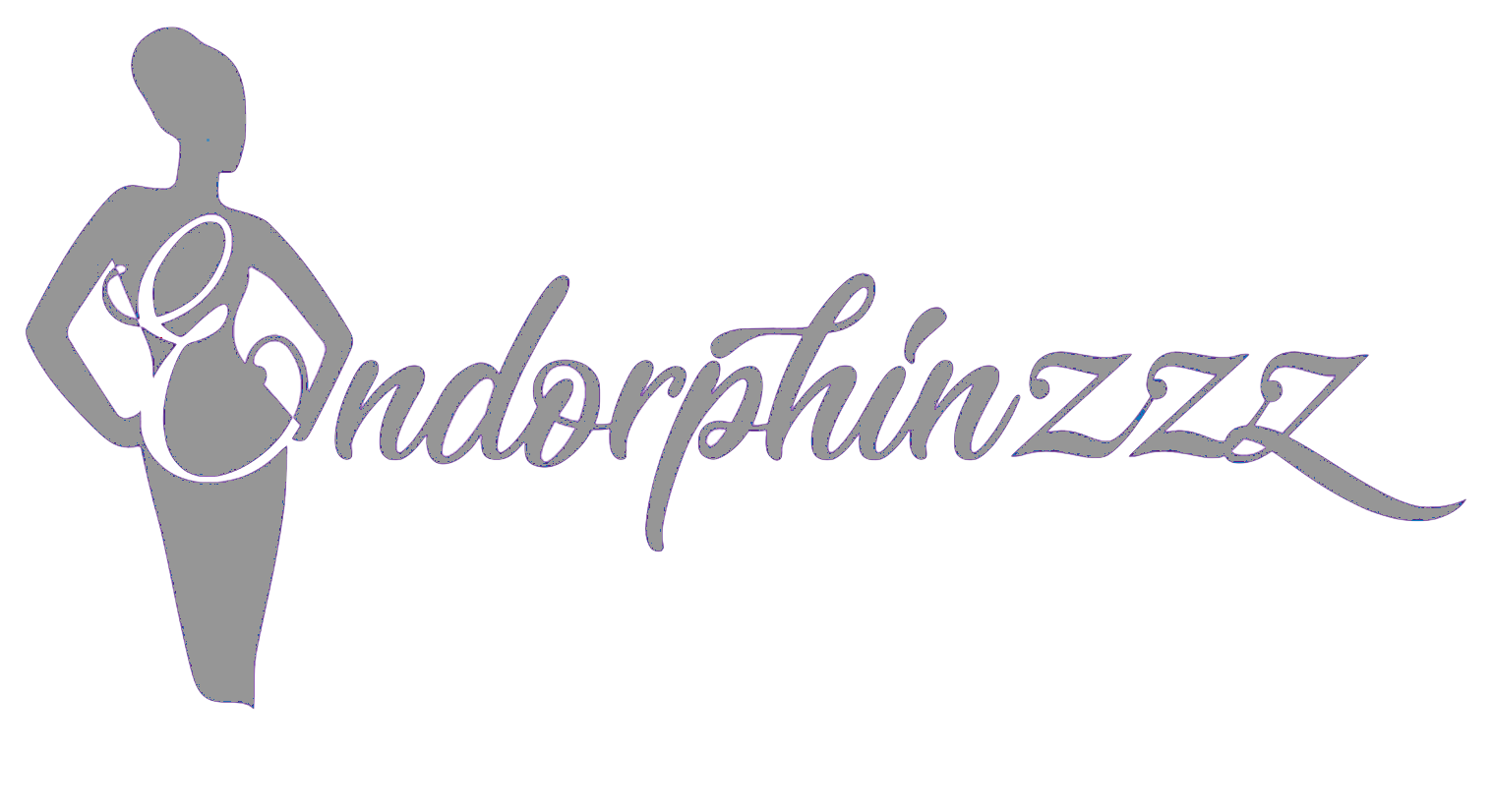
DIFFERENTIAL DIAGNOSIS OF CHEILITIS – HOW TO CLASSIFY CHEILITIS?
Acta Clin Croat. 2018 Jun; 57(2): 342–351.
doi: 10.20471/acc.2018.57.02.16
PMCID: PMC6531998
PMID: 30431729
Liborija Lugović-Mihić,1,2 Kristina Pilipović,2 Iva Crnarić,1 Mirna Šitum,1,2 and Tomislav Duvančić1
Author information Article notes Copyright and License information Disclaimer
Abstract
SUMMARY – Although cheilitis as a term describing lip inflammation has been identified and recognized for a long time, until now there have been no clear recommendations for its work-up and classification. The disease may appear as an isolated condition or as part of certain systemic diseases/conditions (such as anemia due to vitamin B12 or iron deficiency) or local infections (e.g., herpes and oral candidiasis). Cheilitis can also be a symptom of a contact reaction to an irritant or allergen, or may be provoked by sun exposure (actinic cheilitis) or drug intake, especially retinoids. Generally, the forms most commonly reported in the literature are angular, contact (allergic and irritant), actinic, glandular, granulomatous, exfoliative and plasma cell cheilitis. However, variable nomenclature is used and subtypes are grouped and named differently. According to our experience and clinical practice, we suggest classification based on primary differences in the duration and etiology of individual groups of cheilitis, as follows: 1) mainly reversible (simplex, angular/infective, contact/eczematous, exfoliative, drug-related); 2) mainly irreversible (actinic, granulomatous, glandular, plasma cell); and 3) cheilitis connected to dermatoses and systemic diseases (lupus, lichen planus, pemphigus/pemphigoid group, angioedema, xerostomia, etc.).
Key words: Cheilitis, Inflammation, Lip Diseases, Actinic Cheilitis, Classification, Dermatitis, Contact
Introduction
The term cheilitis indicates inflammation of the lip and includes many types, i.e. angular, contact, exfoliative, actinic, glandular, granulomatous, plasma cell cheilitis, simplex, etc. (1–5). In practice, it is difficult to define readily the precise type of cheilitis, thus proper diagnostic procedures are necessary to determine the exact disease based on its characteristics (5). For example, angular cheilitis can occur spontaneously or may be related to several precipitating factors (e.g., systemic immune suppression, local irritation and moisture, fungal/bacterial infection). Contact cheilitis can be related to the effects of irritants (climatic, mechanical, caustic agents) or allergens (allergic contact cheilitis) (5). Some types of cheilitis last longer and are persistent, such as chronic actinic cheilitis, granulomatous cheilitis and plasma cell cheilitis. Furthermore, cheilitis can also be seen in various skin or systemic diseases such as lupus erythematosus, lichen planus, atopic dermatitis, etc.
Cheilitis may also be associated with numerous conditions or diseases, e.g., nutritional deficiencies, such as megaloblastic anemia due to vitamin B12 deficiency, anemia due to iron deficiency, oral candidiasis, diabetes (2, 4–8).
Additionally, cheilitis is often divided into particular subtypes with no clear classification having yet been adopted. Considering its duration, some authors refer to acute or chronic cheilitis, whereby there are no clear criteria (2). Although there are many recent papers on cheilitis, they are mostly case reports and overviews of therapeutic or diagnostic procedures based on personal experiences and results without specific criteria for classification. Since clear classification has not yet been established, there are no definitive recommendations for diagnosing all different types of cheilitis. Apart from that, cheilitis is also a disease that requires a multidisciplinary approach, which additionally complicates adoption of a classification system. We would like to put forth a classification of cheilitis into three main groups with further particular subtypes (Table 1).
Table 1
Proposed classification of cheilitis
| Mostly reversible | Mostly persistent | In association with dermatoses and systemic diseases (common diseases) |
| Cheilitis simplex Angular/infective cheilitis Contact/eczematous cheilitis Exfoliative cheilitis Drug related cheilitis |
Actinic cheilitis Granulomatous cheilitis Glandular cheilitis Plasma cell cheilitis |
Lupus erythematosus Lichen planus Angioedema Pemphigoid/pemphigus Xerostomia Erythema multiforme Crohn’s disease Sarcoidosis, etc. |
Reversible Cheilitis
We specify reversible cheilitis (transitory cheilitis of temporary duration) as a distinct category, which includes several subtypes (Table 2).
Table 2
Prominent features of mostly reversible cheilitis
| Mostly reversible cheilitis | Occurrence | Related factors | Therapy |
| Cheilitis simplex | Common | Lip licking Cold, windy, dry weather |
Advice on environmental conditions Application of lip balms, petroleum jelly, emollients, topical corticosteroids, ointments |
| Angular/infective cheilitis | Common | Infective agents Immune deficiency (diabetes, HIV) Mechanical factors Nutritional deficiencies (riboflavin, folate, iron, etc) |
Elimination of local predisposing factors Topical antimycotics, antiseptics, antibiotics, topical corticosteroids |
| Contact/eczematous cheilitis | Very common | Atopy, contact allergens/irritants | Topical corticosteroids (low to medium potency), emollients |
| Exfoliative cheilitis | Rare | Lip licking/picking Psychological distress Nutritional deficiencies |
Corticosteroids Psychotherapy (some cases resolve spontaneously) |
| Drug related cheilitis | Rare | Drugs | Emollients Drug elimination if possible |
Cheilitis simplex (chapped lips, common cheilitis, cheilitis sicca) is one of the most common subtypes, presenting as cracked lips, fissures or desquamation of the lips, usually of the lower lip (Fig. 1) (2, 7). Here frequent lip licking promotes dryness and irritation, ending in separation of the mucosa and cracking. Some authors use a different label for a similarly categorized subtype, lip licking cheilitis, due to lip licking habit or frequent lip retraction into the oral cavity (especially in children with atopic dermatitis) (6, 7). Such licking removes the thin, oily surface film that protects the lips from moisture loss, leading to lip cracking. Lip lesions are also influenced by saliva, the digestive enzymes of which can irritate the lips by extracting moisture and causing evaporation. Some children have the habit of sucking and biting the lower lip, whereby a sharply bordered perioral erythema may occur.
Cheilitis simplex.
Differential diagnosis includes contact cheilitis, atopic cheilitis, actinic cheilitis, etc. (2, 4). Therapy mostly involves advice on dealing with environmental conditions and the application of lip balms, petroleum jelly, emollients and sometimes topical corticosteroids, mostly low potency ointments.
Angular cheilitis (also termed perleche, cheilosis, or angular stomatitis or angulus infectiosus) typically manifests at the corners of the mouth/lips. The disease is most common in patients with deep wrinkles in lip angles and those who are prone to licking lip corners (8). Generally, the disease starts during vitamin and mineral deficiencies (B vitamins, iron, zinc, etc.), or is caused by other conditions and diseases (e.g., poorly fitting dentures and drooling, celiac disease) (4, 6, 9). An important factor is also saliva production, i.e. increased secretion and drooling, which contributes to the disease. Conversely, during decreased saliva secretion (hyposalivation), dryness promotes cracking and desquamation, as well as the invasion of Candida albicans with the emergence of angular cheilitis inflammation.
Angular cheilitis occurs more commonly in diabetics, in patients with some psychiatric disorders (e.g., lip trauma in bulimics or in anorexia nervosa), during certain drug therapy (e.g., isotretinoin), and somewhat less frequently in primary hypervitaminosis A. It is more common during winter when additional lip licking worsens the condition, and in elderly persons (2, 5). It can occur in patients with inflammatory bowel diseases such as Crohn’s disease and ulcerative colitis (10).
This subtype sometimes develops as part of a group of symptoms, which can include atrophic glossitis, esophageal webs or strictures, and microcytic hypochromic anemia (Plummer-Vinson syndrome) (11). Concurrence of bacterial or candidal infection (primary or secondary) is common (2). Children, especially those with atopic dermatitis, are most commonly affected by secondary bacterial infections (staphylococcal and beta-hemolytic streptococcal) on damaged lip corners. Angular cheilitis with secondary infections often occurs also in patients with macroglossia (congenital hypothyroidism and Down syndrome).
Differential diagnosis for this type of cheilitis includes recurrent herpes labialis (if lesions are unilateral) and secondary syphilis (fissured papules at the corners of the lips similar to cheilitis) (2, 9). Therapy includes elimination of predisposing factors and often topical antimycotics, antiseptics, antibiotics, and sometimes corticosteroids.
Contact/eczematous cheilitis is an inflammatory lip reaction caused by the irritating or allergic effects of various substances found in many products such as lipsticks, oral hygiene products (toothpastes), food (e.g., eggs and crustaceans), ointment bases, fragrances, preservatives, antioxidants, dyes, dental materials, musical or occupational instruments, objects put in the mouth daily (e.g., nails, needles, pens), etc. (7, 12). It manifests as dryness, scaling, erythema or fissuring, more commonly on the skin than on mucosa (Fig. 2) (2, 13, 14). This type of cheilitis usually presents in patients with atopic dermatitis (15). Some authors use the term cheilitis venenata, which specifically indicates contact reaction, most commonly of an allergic type.
Contact/eczematous cheilitis.
There is a broad spectrum of products with common irritants and allergens associated with this subtype. Contact reactions to lipsticks, rubber, leather objects, nail polish substances (e.g., formaldehyde), metals (nickel, cobalt, gold) and topical antibiotics have been shown to be some of the more frequent etiologic factors (7, 12). Reactions to compounds in topical medications and medical products, such as topical antibiotics, virostatic agents, disinfectants, local anesthetics, and sunscreens are also possible. Factitial cheilitis stands out as a distinct subtype of contact cheilitis, usually triggered by a stressful event (possible self-damaging behavior).
